Two important types of AI exist: Large Language Model (LLM) and Agentic AI. Although both help us, they do it in different ways. LLMs are SLMs that are used for tasks that are centred on human language, such as text generation. Large language models are parameter-rich and are trained on huge text data via a process referred to as self-supervised learning.
The most recent type of LLMs is the generative pre-trained transformers or GPTs. Some models can learn to perform certain tasks or enhance using a process known as prompt engineering. They can only produce language in a way that has been programmed in the samples they have been exposed to. But, at the same time, they can illustrate errors or prejudice contained within that data.
On the other hand, Agentic AI seems to work like an employee. This kind of artificial intelligence can act on its own accord and make its own decisions without necessarily being told what to do by the user. It anticipates needs and responds accordingly.
In this article, we will discuss what LLMs and Agentic AI are, how they work, the key characteristics of both of them, the applications of the two, and how the two are different.
Listen to our Podcast: What is the Difference Between LLM and Agentic AI?
What are Large Language Models?
Large Language Models are a type of deep learning architecture which belongs to the family of what is known as transformer networks. These models consider language in terms of Word Order, that is, the order of words in sequences like Sentences. They assist us in comprehending and creating text in a manner that appears real.

A transformer has several layers. These include self-attention layers, feed-forward layers, and normalization layers. These components work together to process input data. This allows the model to predict output effectively. You can stack transformers in multiple layers to build stronger language models. Google first introduced the idea of transformers in a 2017 paper called “Attention Is All You Need.”
Curious about how Agentic AI differs from traditional systems? Check out our guide: Agentic AI vs. Traditional AI: Key Differences and Why It Matters
Why is the Importance of Large Language Models?
Earlier to this, artificial intelligence was only used in activities that dealt with perception and understanding. However, with the arrival of large language models (LLMs) things are different now. These models are being fed on huge amounts of data obtained from the internet and have billions of parameters. They significantly improve the chances of the AI to produce content which may be perceived as human-made.

LLMs can handle many tasks. Everybody can read, write, program, and even draw with it. These abilities increase creativity and production in many ways in human beings, hence making them valuable. Also, they present new ideas in solving some of the most challenging problems globally.
Learn how Agentic AI builds autonomy from the ground up: How Can Agentic AI Help Build Autonomous Systems from Scratch?
For instance, LLMs can work with sequences of proteins. It can propose new molecules. This is useful to scientists in developing life saving vaccines. In addition to that, LLMs can help writers who are stuck in the middle of their writing by giving them some new ideas. Similarly, software developers have a chance to write the code based on the simple description with the help of LLMs. This way their work becomes easier and productive.
Explore the foundational architecture that powers Agentic AI in our detailed post: What Is the Baseline Architecture of Agentic AI Systems?
What are Large Language Model examples?
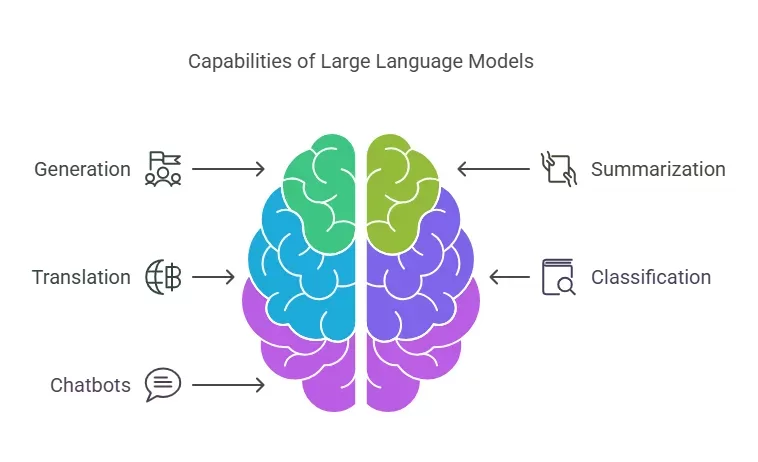
The use of technology produced more efficient LLMs. One of the most important is OpenAI’s GPT-3, released in June 2020. It has 175 billion parameters to create text and code from a given prompt. In 2021, NVIDIA and Microsoft presented the Megatron-Turing model. This model has 530 billion parameters and is designed for reading comprehension and natural language understanding.
Discover how Agentic AI is reshaping security operations in 2025 in our article: How Is Agentic AI Transforming SOC Teams in 2025?
Over the time that the LLMs have increased in size, it has also increased in its capabilities. Here are common ways people use LLMs in text applications:
1. Generation: The people can write stories and come up with marketing content.
2. Summarization: They can redraft contracts and summarize meeting minutes.
3. Translation: It translates text to other languages and also encodes text.
4. Classification: They assess the tone and sentiment within the text.
5. Chatbots: They solve questions that cannot be answered in the affirmative or in the negative and perform the tasks of personal assistants.
Find out why Agentic AI is the future of finance: How Will Agentic AI Revolutionize Financial Services?
What is Agentic AI?

Agentic AI describes a type of artificial intelligence that works on its own to accomplish tasks. It requires little human guidance. Unlike traditional AI, which needs clear instructions for every single action, agentic AI can make decisions based on its understanding and the goals assigned to it.
Discover more about how Agentic AI is shaping industries and redefining innovation. Read our detailed post: What is Agentic AI, and How is it Revolutionizing Technology?
Comparing LLMs and Agentic AI
To better understand the differences between LLMs and agentic AI, let’s look at a comparison table:
| Feature | Large Language Models (LLMs) | Agentic AI |
| Autonomy | Limited; relies on user input | High; operates independently |
| Decision-Making | Follows prompts | Makes proactive decisions |
| Contextual Understanding | Strong; maintains conversation context | Strong; adapts to changing environments |
| Applications | Text generation, chatbots | Supply chain management, healthcare |
| Learning Capability | Learns from data during training | Continuously learns from interactions |
FAQs
What are the Challenges of Large Language Models?
Large Language Models (LLMs) face several challenges:
Accuracy Issues: They can produce incorrect or misleading information, especially on complex topics.
Bias: LLMs may reflect biases present in their training data, leading to unfair or unbalanced outputs.
Resource Demands: Training and running LLMs require significant computing power and memory.
Stay informed about the risks of Agentic AI: What Should Enterprises Know About Agentic AI Risks?.
What is the largest LLM model?
As of January 2025, Google’s Gemini is among the largest LLMs, with 1.5 trillion parameters.
What is the difference between GPT and LLM?
GPT (Generative Pre-trained Transformer) is a specific type of Large Language Model (LLM) developed by OpenAI. While all GPT models are LLMs, not all LLMs are GPT models. LLM is a broad term for models trained on large text datasets to understand and generate human-like language.
Understand how Agentic AI drives automation in our blog: What is Agentic Automation?
Final Words
Now you’ve learned the differences between Large Language Models (LLMs) and Agentic AI. They are important as AI continues to evolve. LLMs are powerful tools for processing and generating text, making them useful for applications like chatbots and content creation. On the other hand, Agentic AI represents a step towards more autonomous systems that can perform complex tasks independently, potentially transforming industries by automating decision-making processes and interactions.
As AI technology advances, we can expect to see more integration of these systems into various aspects of life, making tasks easier and more efficient.

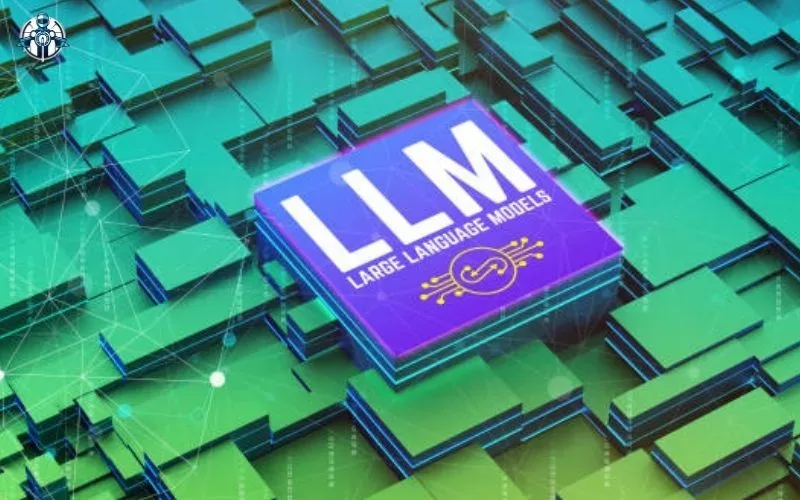
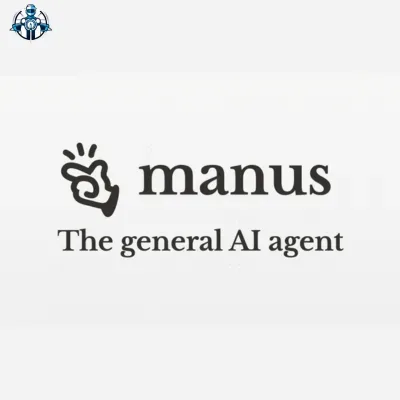

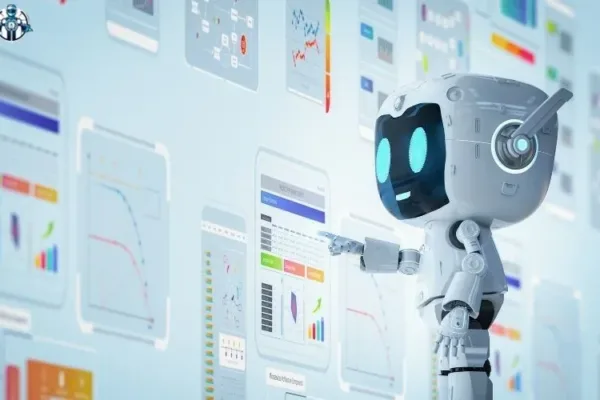





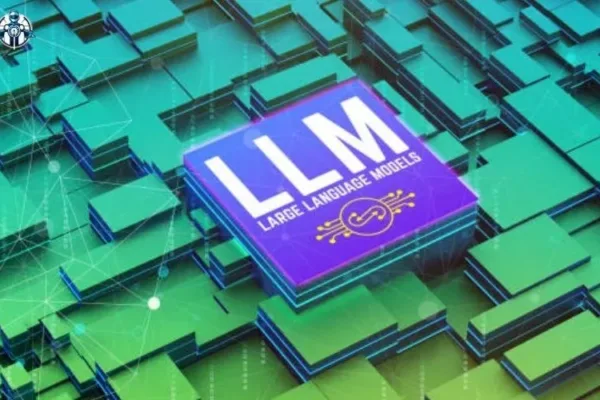
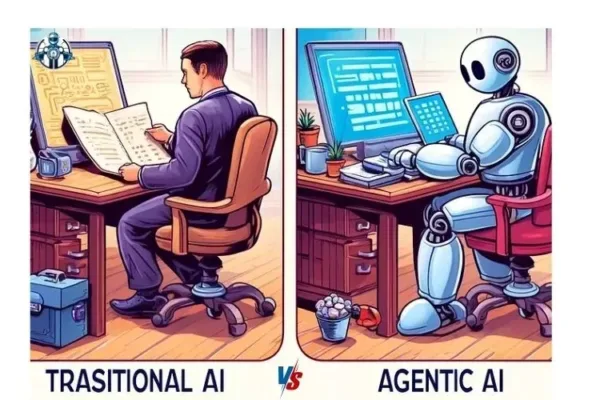
4 thoughts on “Agentic AI vs. Traditional AI: Key Differences and Why It Matters”